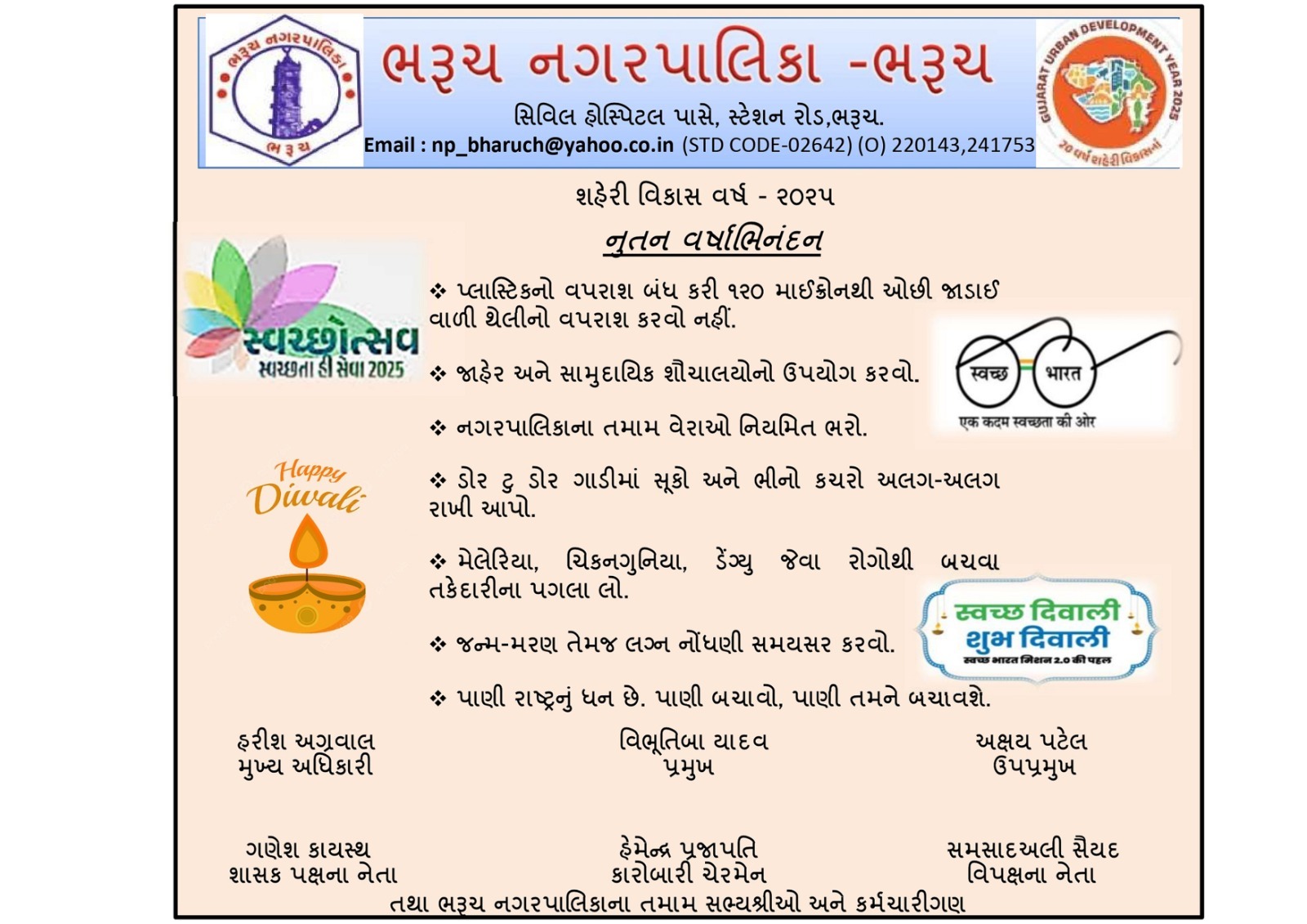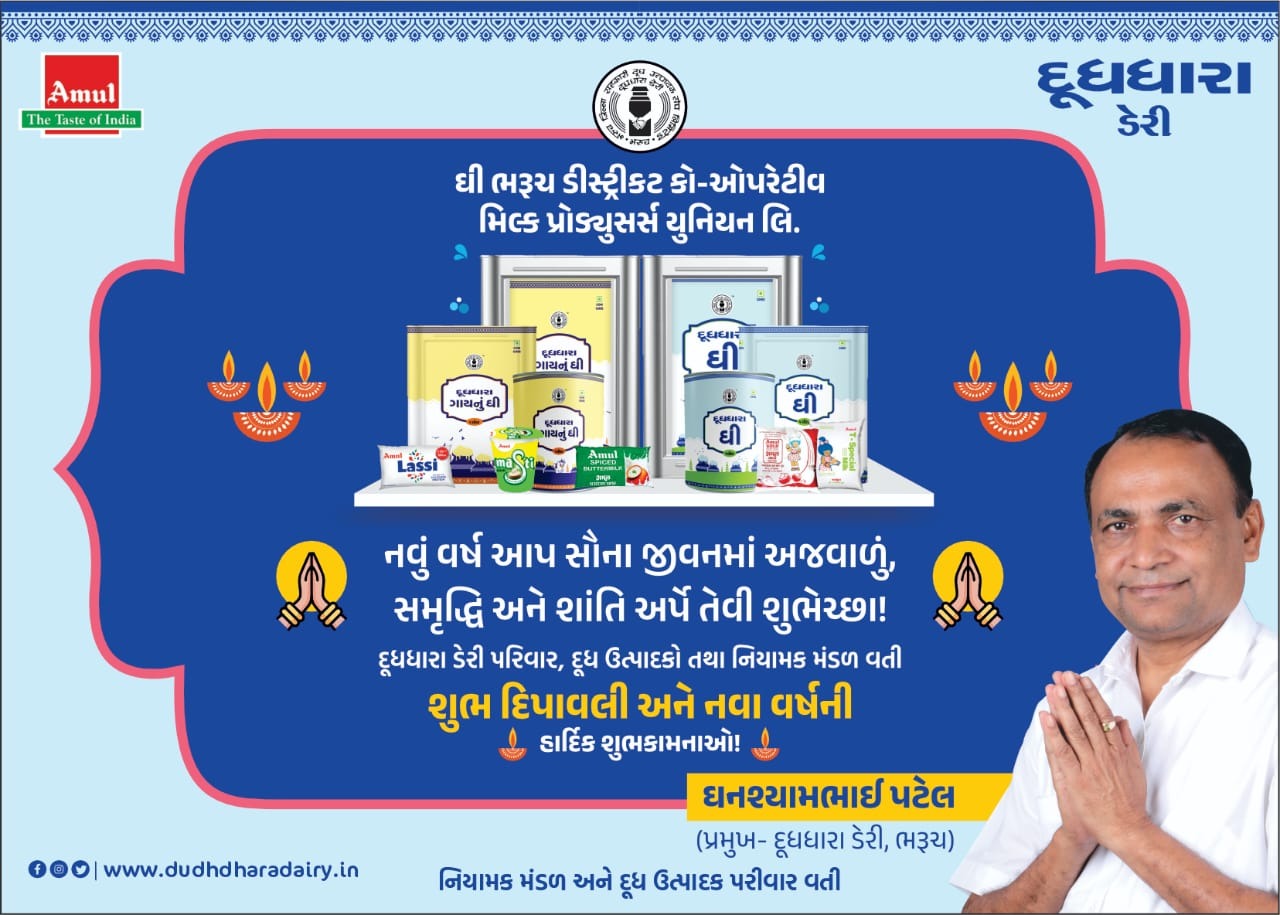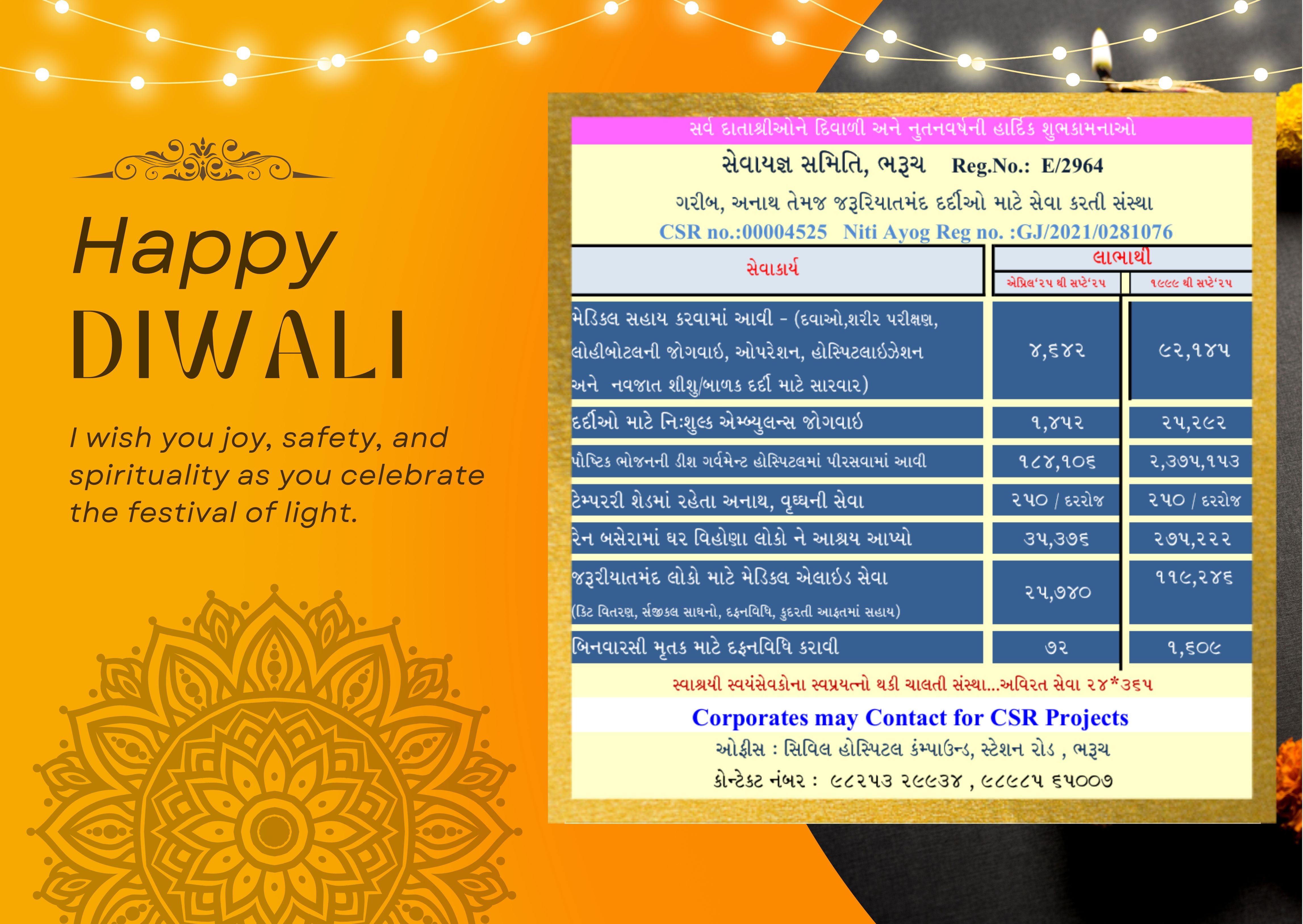/connect-gujarat-english/media/media_files/2024/12/17/00JFQIhwA4a8MkUeFZlA.jpeg)
Poker, a game of skill, strategy, and mental ability, has enthralled players for centuries.
From smoky backrooms to high-stakes tournaments and online platforms, poker transcends borders, attracting amateurs and professionals alike.
At its core, poker is a game of hands — knowing when to fold, call, or raise can make or break your game.
Here's a comprehensive guide to mastering poker hands, designed to help players refine their strategy and take their game to the next level.
Understanding the Basics
At the heart of every poker game lies the poker hand ranking. Before even learning the rules of poker it is necessary to be aware of where each ranking stands and the importance of each card you hold. The hierarchy ranges from the Royal Flush, the pinnacle of poker hands, to a High Card, the lowest-ranking hand. Memorizing this hierarchy is a non-negotiable first step for any player.
- Royal Flush: A, K, Q, J, 10 of the same suit.
- Straight Flush: Five consecutive cards of the same suit.
- Four of a Kind: Four cards of the same rank.
- Full House: Three of a kind plus a pair.
- Flush: Five cards of the same suit, not in sequence.
- Straight: Five consecutive cards of different suits.
- Three of a Kind: Three cards of the same rank.
- Two Pair: Two different pairs.
- One Pair: Two cards of the same rank.
- High Card: The highest single card when no other hand is made.
Knowing this sequence is foundational, but applying it effectively requires strategy and psychological insight.
Starting Hands: Choosing Wisely
Successful poker begins before the first card is dealt. Choosing your starting hands wisely can set the tone for the game.
- Premium Hands: Hands like Aces (pocket rockets), Kings, and Queens are your strongest assets. Play them aggressively to maximize their value.
- Position Matters: Early positions demand caution. In late positions, you can be more adventurous, using information about your opponents' moves.
- Avoiding Traps: Hands like suited connectors (e.g., 7♥️ and 8♥️) or low pairs can be enticing but often lead to trouble unless the situation warrants a speculative play.
Reading the Table: Observing Opponents
Poker is as much about the players as it is about the cards. Observing your opponents can provide invaluable insights into their strategies and hands.
- Betting Patterns: Consistently high bets may signal a strong hand, while hesitation or small bets could indicate weakness.
- Body Language: In live games, nonverbal cues such as fidgeting, prolonged eye contact, or sudden confidence shifts can reveal more than words.
- Online Tells: In online poker, watch for patterns such as timing of bets or chat box behavior to decipher your opponents' strategies.
The Art of Bluffing
Bluffing is the soul of poker, but it's a double-edged sword. A well-timed bluff can turn a weak hand into a winner, but overdoing it can spell disaster.
- Timing is Everything: Bluff only when the circumstances are right. For instance, bluffing into a crowded pot is riskier than targeting a single opponent.
- Maintain Consistency: Ensure your betting behavior remains consistent, whether you're bluffing or holding a strong hand, to avoid giving away clues.
- Reverse Bluffing: Sometimes, playing passively with a strong hand can lure opponents into betting aggressively, setting the stage for a significant win.
Mastering the Flop, Turn, and River
The community cards — the flop, turn, and river — are crucial in shaping your hand and your strategy.
- The Flop: Analyze the possibilities your hand and the community cards present. Are you close to a straight or flush? Have the cards improved your hand or merely complicated things?
- The Turn: This fourth card often separates contenders from pretenders. Assess the pot odds and decide whether the risk is worth the reward.
- The River: The final card determines your hand’s fate. At this stage, carefully gauge your opponents' reactions and decide whether to bet, check, or fold.
Pot Odds and Bankroll Management
Successful poker players are as good with numbers as they are with psychology. Calculating pot odds — the ratio of the current pot size to the cost of a contemplated call — helps determine whether a play is profitable in the long run.
- Pot Odds Example: If the pot is ₹1,000 and your opponent bets ₹500, calling costs ₹500 for a chance to win ₹1,500. If the odds of improving your hand are better than 3:1, it’s a smart call.
- Bankroll Management: Set a budget before starting and stick to it. Avoid chasing losses, and ensure you always play within your financial comfort zone.
Advanced Tips: From Good to Great
- Playing Aggressively: Being aggressive at the right moments can unsettle opponents, forcing them into mistakes.
- Switching Gears: Vary your style between conservative and aggressive to keep opponents guessing.
- Focus on Value Betting: Extract maximum value from strong hands without scaring off opponents.
Common Mistakes to Avoid
- Playing Too Many Hands: New players often overestimate the strength of their hands. Learn to fold early and often.
- Ignoring Table Position: Your position relative to the dealer determines your strategic advantage.
- Emotional Play: Avoid letting emotions dictate your actions. Stay calm and stick to your strategy.
Online vs. Live Poker: Adapting Your Strategy
With online poker apps like Junglee Poker leading the gaming revolution, more players are transitioning from live to online play. While the fundamentals remain the same, there are some key differences:
- Live Poker: Physical tells and table dynamics play a larger role.
- Online Poker: Focus shifts to reading betting patterns and adjusting to a faster pace of play.
 Follow Us
Follow Us





































